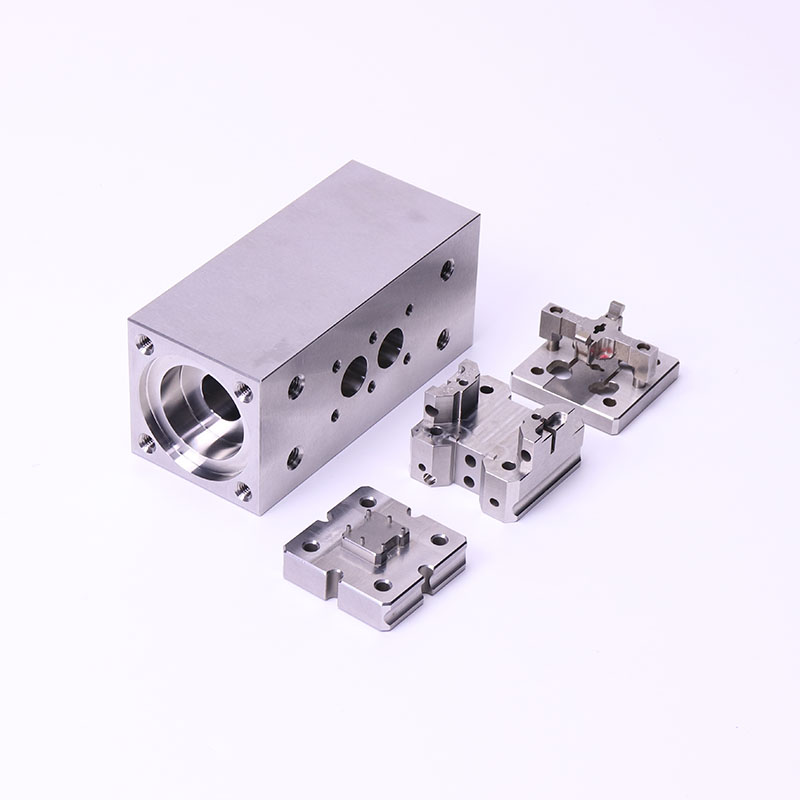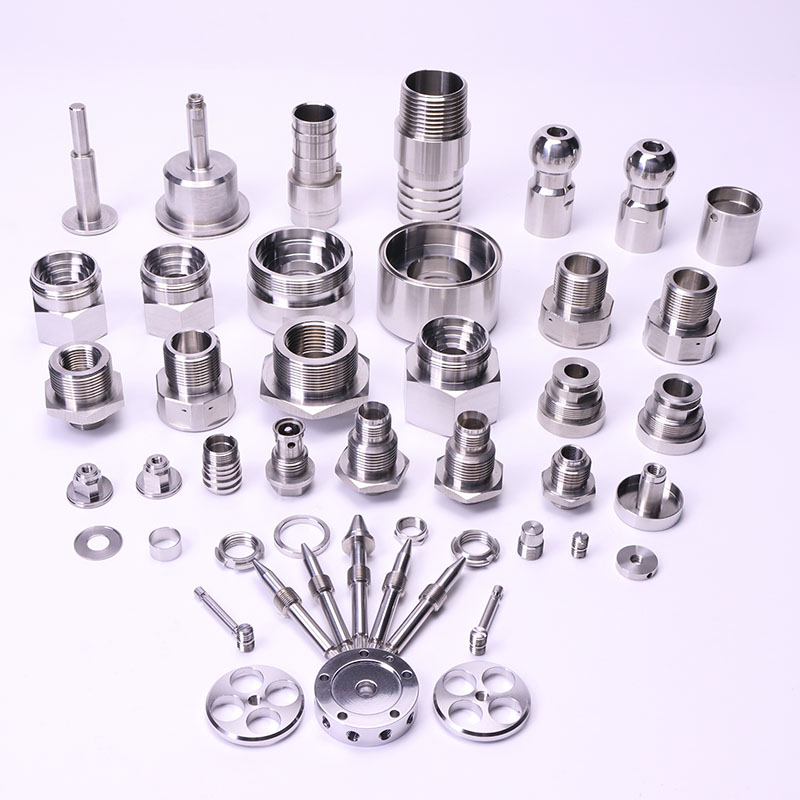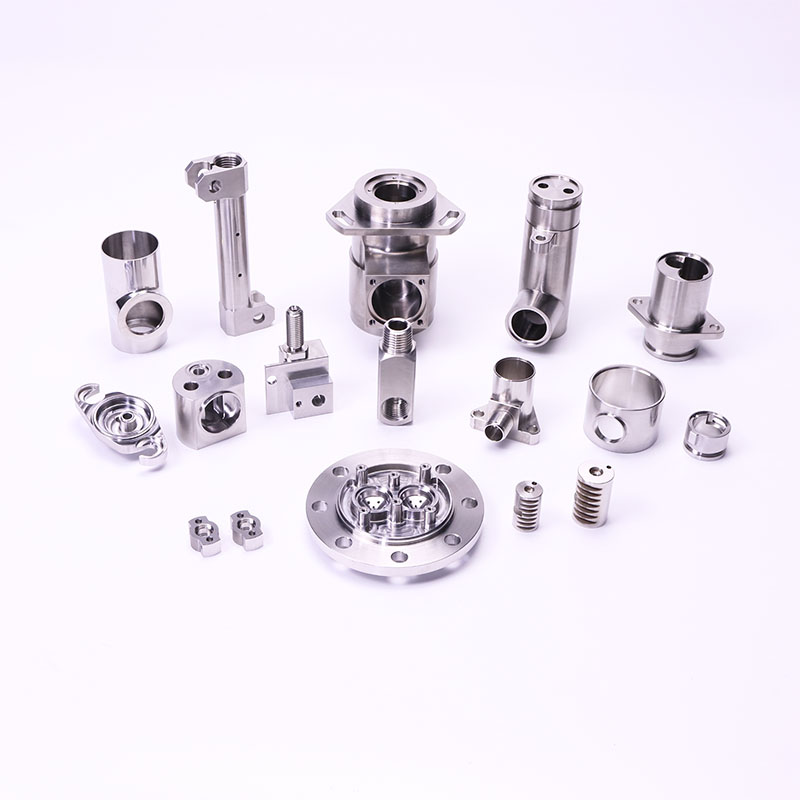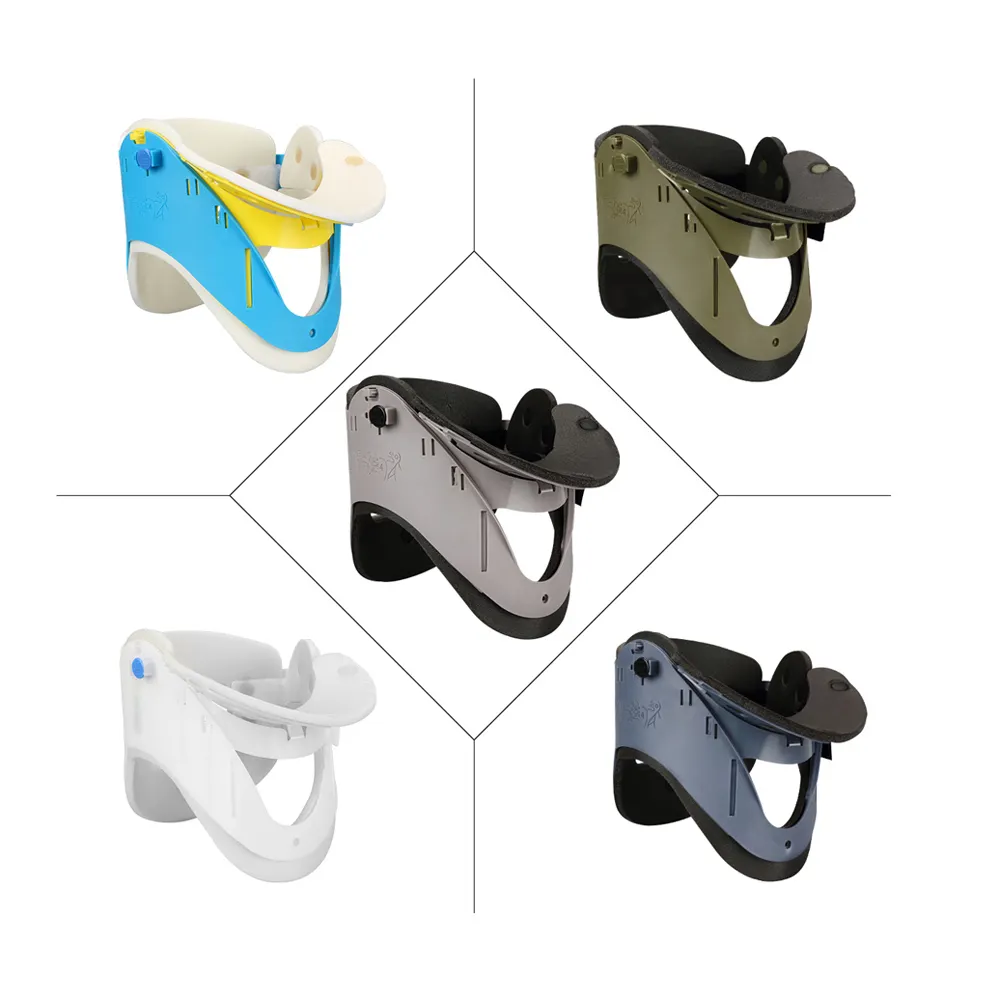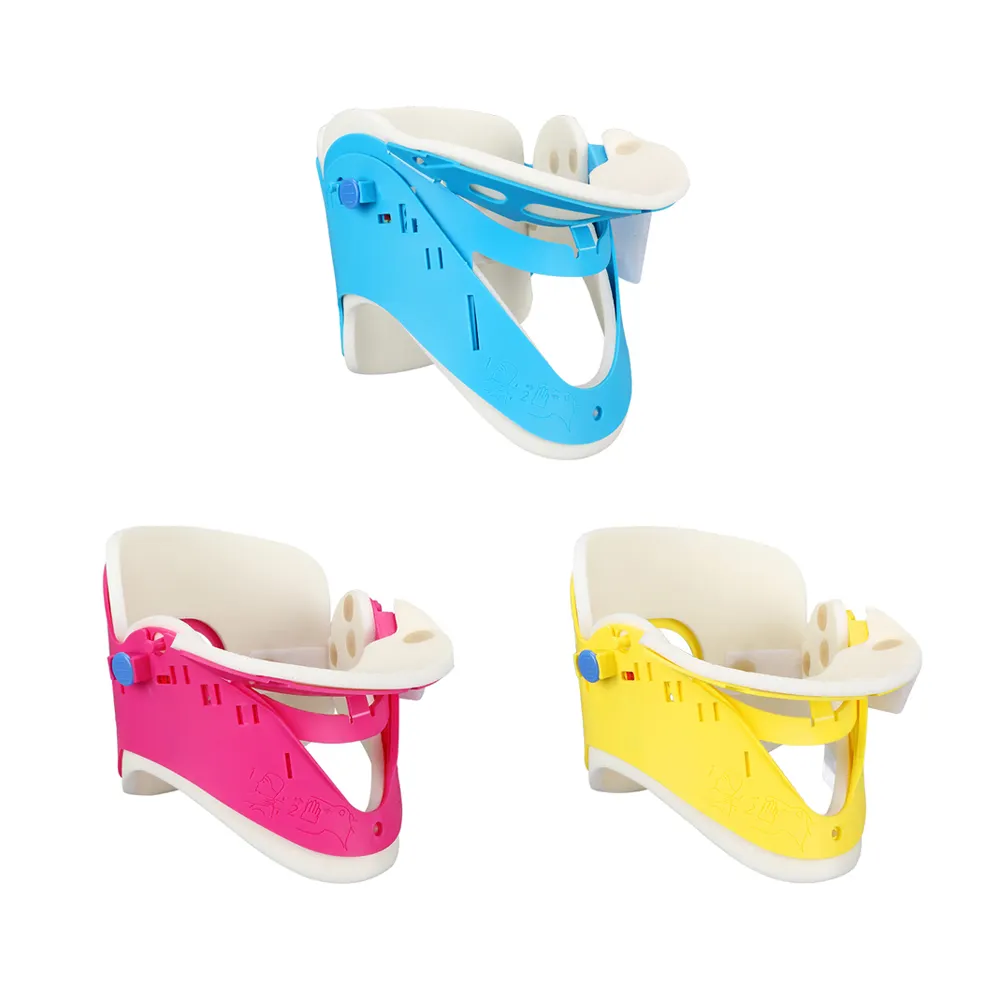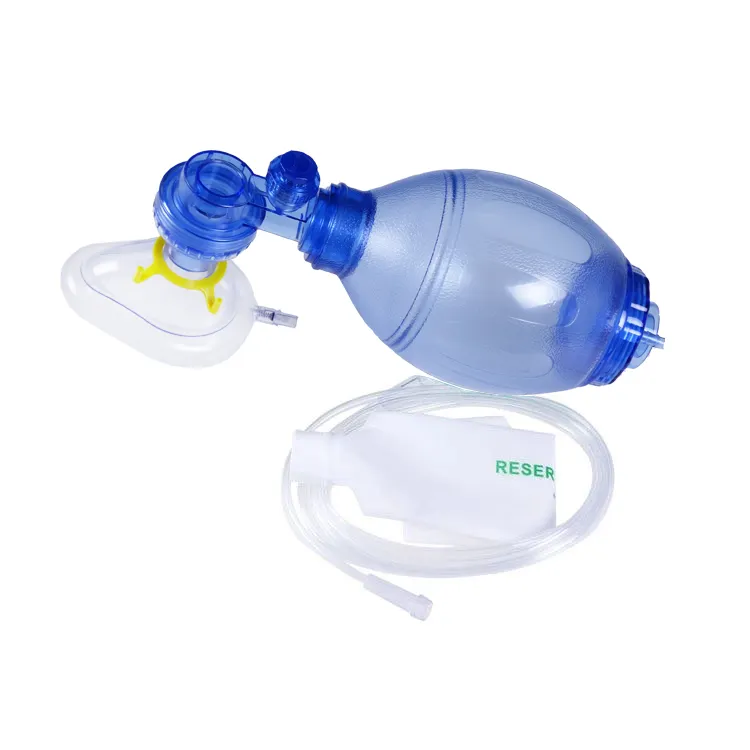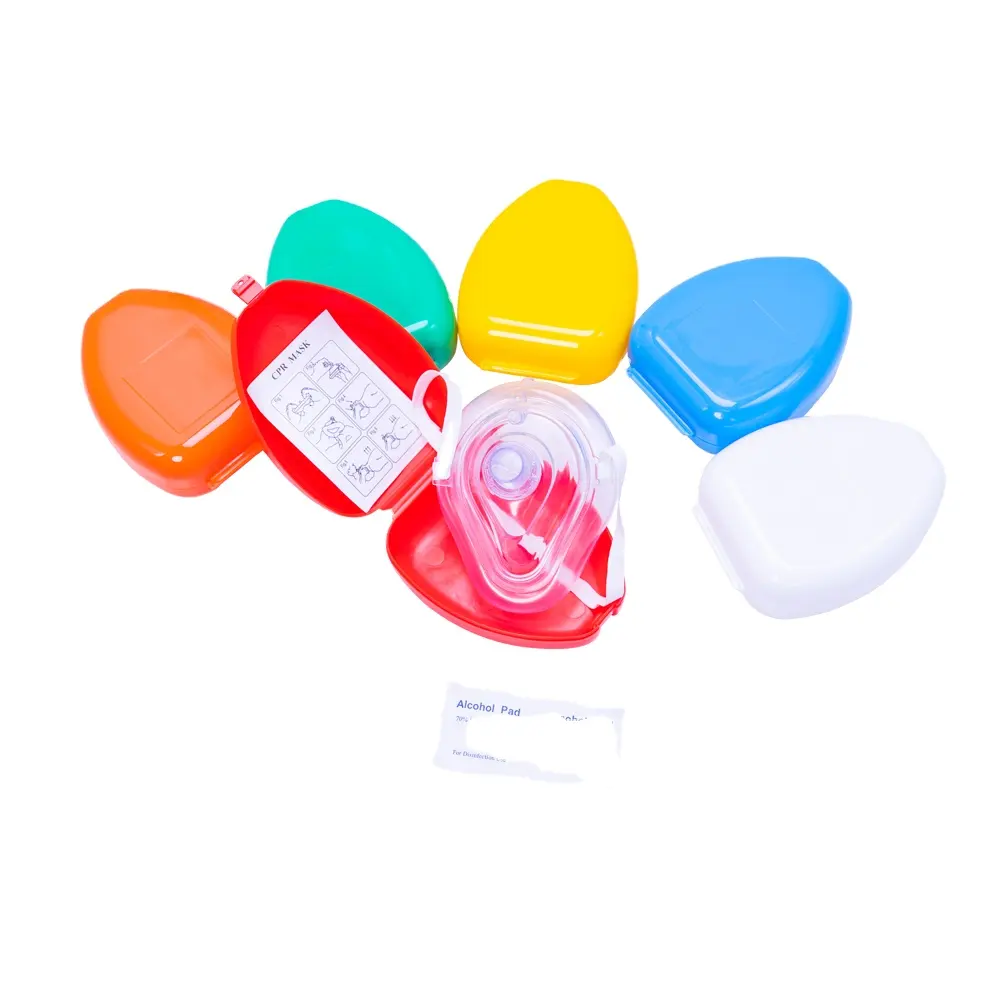Abstract
Titanium alloys are widely used in the aerospace industry due to their exceptional strength-to-weight ratio, corrosion resistance, and high-temperature performance. However, despite these advantages, titanium alloys also present several disadvantages that pose challenges during their manufacturing and operational use. This article delves into the specific drawbacks of titanium alloys, particularly focusing on their application in aerospace forgings. Additionally, it discusses how these disadvantages impact the design and development of titanium alloy accessories, integrating industry case studies, data tables, and technical diagrams to provide a comprehensive understanding of the subject.
1. Introduction
Titanium alloys have revolutionized various industries, particularly aerospace, due to their unique properties. However, as with all materials, they are not without their limitations. Understanding the disadvantages of titanium alloys is crucial for engineers and manufacturers to optimize their use in aerospace forgings and accessories. This article will explore the key disadvantages of titanium alloys, focusing on their mechanical and processing limitations, and provide insights into their use in titanium alloy accessories. We will also examine case studies from the aerospace industry in both China and Western countries, highlighting how these limitations have been addressed in real-world applications.
2. Mechanical Disadvantages of Titanium Alloys
Titanium alloys are prized for their high strength and corrosion resistance, but they come with certain mechanical drawbacks.
2.1. High Cost of Production
Titanium is an expensive material due to its limited availability and the complex processes required to extract and refine it. In aerospace applications, the cost of titanium alloy forgings can be significantly higher than that of alternative metals such as aluminum or steel. This increased cost is also reflected in the production of titanium alloy accessories, which can be prohibitively expensive for certain applications.
2.2. Poor Wear Resistance
Although titanium alloys are strong, they exhibit poor wear resistance. This can be particularly problematic in aerospace components, which are often subjected to extreme stresses and high levels of friction. The result is accelerated wear and tear, especially in moving parts such as bearings and joints. This issue also affects the durability of titanium alloy accessories, which may require frequent maintenance or replacement in high-friction environments.
2.3. Susceptibility to Galling
Galling, a form of wear caused by adhesion between sliding surfaces, is another disadvantage of titanium alloys. When used in components that require close-fitting parts, such as fasteners or rotating elements in titanium alloy accessories, galling can lead to catastrophic failures. This issue is exacerbated by the material's tendency to weld itself to other metals under high pressure.
3. Manufacturing and Processing Challenges
The unique properties of titanium alloys also present significant challenges during manufacturing and processing, particularly in the context of aerospace forgings.
3.1. Difficulties in Machining
Machining titanium alloys is notoriously difficult. The metal’s strength, coupled with its low thermal conductivity, causes tools to wear out quickly, increasing production costs and time. For example, when manufacturing titanium alloy accessories, especially precision parts, special tools and cooling techniques are required to prevent overheating and excessive tool wear.
3.2. High Sensitivity to Impurities
Titanium alloys are highly sensitive to impurities such as oxygen, nitrogen, and hydrogen. These elements can cause embrittlement during the forging process, making the final product more prone to cracking and failure. Maintaining a contamination-free environment during production is a significant challenge, and any lapses can lead to defective aerospace forgings or titanium alloy accessories.
3.3. Limited Workability at Room Temperature
Unlike aluminum or steel, titanium alloys have limited workability at room temperature, necessitating the use of high temperatures for forging and forming operations. This increases the complexity of manufacturing processes and leads to higher energy consumption, particularly in the production of large aerospace components or intricate titanium alloy accessories.
4. Addressing Titanium Alloy Disadvantages in Aerospace Forgings
To mitigate these challenges, the aerospace industry has developed several strategies for managing the disadvantages of titanium alloys.
4.1. Surface Treatments to Improve Wear Resistance
Various surface treatment techniques, such as nitriding, anodizing, and PVD (Physical Vapor Deposition), have been applied to titanium alloy forgings to improve their wear resistance. These treatments create harder surface layers that protect the underlying material from wear and galling. For example, in the manufacturing of titanium alloy accessories used in aircraft engines, these surface treatments have extended the lifespan of critical components.
4.2. Advanced Forging Techniques
In recent years, advanced forging techniques, such as near-net-shape forging and isothermal forging, have been employed to reduce material wastage and improve the mechanical properties of titanium alloys. These techniques have been particularly effective in reducing the costs associated with producing aerospace forgings, as well as in the precision crafting of titanium alloy accessories.
4.3. Case Study: Titanium Alloy Use in Boeing 787
A notable case of titanium alloy application can be seen in Boeing’s 787 Dreamliner, where the metal is used extensively in the airframe and engine components. The use of near-net-shape forging helped reduce the overall weight of the aircraft while maintaining structural integrity. However, engineers had to address the wear resistance issues by applying advanced surface treatments to critical parts, particularly in the aircraft’s titanium alloy accessories such as engine brackets and landing gear components.
5. Conclusion
While titanium alloys offer many advantages for aerospace applications, they also come with significant disadvantages that must be carefully managed. From high production costs and poor wear resistance to manufacturing challenges, understanding these limitations is essential for optimizing the use of titanium alloy forgings and accessories in critical aerospace components. By applying advanced manufacturing techniques and surface treatments, the industry has made significant strides in mitigating these disadvantages, ensuring that titanium alloys remain a valuable material in the aerospace sector.
Data Table: Comparison of Mechanical Properties of Titanium Alloys vs. Other Aerospace Metals
| Property | Titanium Alloy | Aluminum Alloy | Steel Alloy |
|---|---|---|---|
| Density (g/cm³) | 4.5 | 2.7 | 7.85 |
| Tensile Strength (MPa) | 900-1200 | 300-600 | 400-800 |
| Wear Resistance | Poor | Fair | Excellent |
| Corrosion Resistance | Excellent | Fair | Poor |
| Workability | Limited at RT | Excellent at RT | Good at RT |

